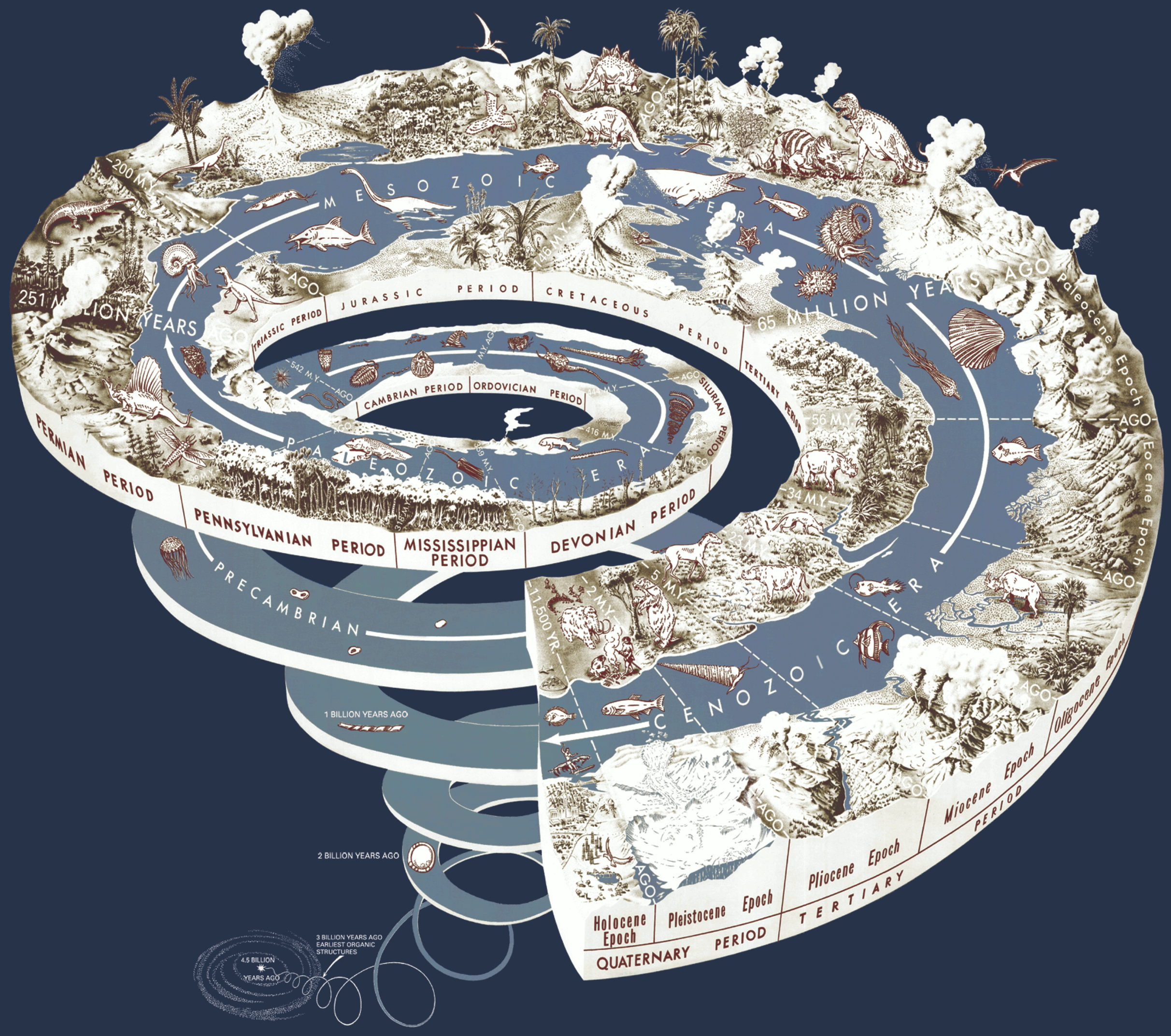Have you ever heard of the 3R's? If not then you are missing out on the three ways we preserve our very planet. These superheros for our planet are no other than Reduce, Reuse, and Recycle. Without them our planet will not be able to be here for our children and our children's children. This trio is immensely powerful when it comes to preserving this planet from greenhouse gases, landfill waste, and overall destruction of the Earth's well being. Now let's look a little bit deeper into what the 3R's can really do.
1. Reduce:
Reducing is the process of eliminating ever consuming product. This may include "Taking shorter showers is one way to reduce consumption of water" as suggested in the SENCER Article Is it more important to Reduce, Reuse,or Recycle? by California Department of Resources Recycling and Recovery in Paragraph 2. Reducing eliminates our waste problem from its source.
2. Reuse:
Reusing the the process of buying a reusable item and using it again and again. This may include buying a cloth bag to carry your groceries instead of buying a paper bag every time or “Drinking water from reusable water bottles reduces use of plastic bottles.” as suggested in the SENCER Article Is it more important to Reduce, Reuse,or Recycle? by California Department of Resources Recycling and Recovery in Paragraph 2.
3. Recycle:
Recycling is the process of taking an item that can be re purposed and recycling so it can be melted or formed into something new that can be used again. As said in the Article What is Reduce, Reuse and Recycle by Bethany Wieman for SF Gate in Paragraph 4, “The recyclables are then sorted, cleaned and turned into marketable raw materials --- for example, paper is turned into pulp and plastics are melted down."
Now that you know a little about each of the 3R's you may be having your mixed opinions on which is best. Let me clear that up for you. Reducing is the most important of the 3R's. Still not convinced and need some proof? You got it!
First let's do a process of elimination. Our first victim Recycling. It may seem like a great idea. Use the old and create the new yet most of what we recycle never even makes it to the recycling plant. " The US exports most of its plastics for recycling to China, but they still end up in landfills" states the video Math of Trash by KQED The LOWDOWN at 1:36. That means even if we do recycle when it gets sent over to be converted into something new most of it ends up in a landfill anyways. Next have you ever tried recycling a plastic bag, I know I have. Hear what the Article Reduce, Reuse, Remove the Cellophane: Recycling Demystified from NRP has to say about plastic bags. “ Don't recycle plastic bags, even if they're full of newspaper. They gum up the whole processing system." Now if we can't even recycle a plastic bag without jacking up the system who says what else is non recyclable that we never even knew about!
Next victim is Reuse. Reusing sounds fine and dandy, I mean don't fix what's not broke. Yet there is so much more than that to it. To start the SENCER Article Is it more important to Reduce, Reuse,or Recycle? by California Department of Resources Recycling and Recovery in Paragraph 4 it states “ "For example, some may think that continuing to drive an older car or buying a used car is a good illustration of reduce and reuse. However, newer models of cars are more fuel efficient than their predecessors, thus buying new cars helps to reduce fuel usage.” So keeping that car isn't really helping the environment as much as you think. On top of that in that same article and in Paragraph 4 it also states “Continuous use of some plastic bottles can lead to health risks if they are made with cheap plastic or if harsh chemicals leach out of those containers with increased use.” So on top of having to carry around the exact same water bottle for years you are hurting yourself and possibly poisoning yourself!
Now there is only one standing. Reuse. Reducing again is the process of not using as much resource to begin with. In the video Math of Trash by KQED The LOWDOWN at 1:02 it says “ Americans create the most trash in the World” Even on top of China who has the most people we still manage to waste more. To be exactly in that same video at :16 it says “ Yearly, America makes 160 Million tons. That’s the weight of about 91.5 million cars” That is absolutely insane. Plus, “ 69% of Trash goes straight to Landfills” as said at :38. It is inevitable to see we are wasteful and are doing a lot of hurt to this planet. So why do we use all these tactics that still allow us to waste. Like recycling doesn't mean we stop creating more and more waste we just decide to throw it into a different colored bin. Then having older cars or other less efficient products is taking up resource that we are not very abundant in, and if you get poisoned by reusing a bottle then that takes resource to make sure you don't stay ill. Reducing insures that we get this problem from its root. We tactile the real issue that we are just getting thing we don't need to.
In conclusion Reducing is most important. It tackles the real problems and stops the issue from the source. Once we get the idea in our head that we don't to waste as Americans 160 million tons and destroy our planet then we can get somewhere. We want our planet to be here for our children and our children's children. Even though each of the 3R's does help our planet it is clear that they have there faults. With Reducing its simple and easy. No strings attached. Just being conscious of what we buy can make a world of difference. Thank you Reducing for saving our planet one decision at a time.

